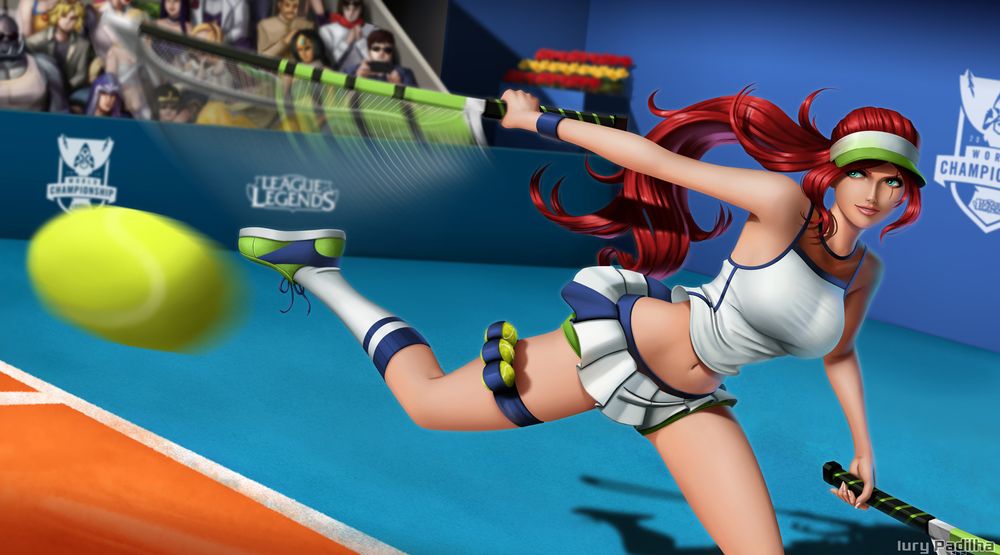TFT Positioning Mechanics
How to position your units in Teamfight Tactics is one of those pieces of knowledge that separate the good players from the mediocre. Unfortunately, TFT strategy isn't as black and white as merely saying, "this goes here."
Like most competitive games, how you're using your units is entirely contextual and situational. However, there are a few staple fundamental rules that you can take advantage of in order to build your own strategies.
Before you get into positioning, though, you need to make sure that you have good team composition. As a rule of thumb, you can't go wrong, composing your TFT team the same way you would a LoL team. That is to say, DPS, tanks, and support/utility.
TFT Positioning Fundamentals
With character and unit-based resource management Esports, there is one golden rule that you need to keep in mind as you're playing. That rule is to make sure you're units are active. In other titles, this means that they serve a specific function. In TFT, it means that they are actively involved in the fight.
Therefore, you want to be positioning your units in a way that they can both give and safely receive damage in order to build up their ultimate meter.
This is what you're baseline strategy should revolve around. You want to be casting an ultimate with your champion every round. If you find that your units are dying before then, then you need to go back to the drawing board.
Once you have that fundamental knowledge drilled into your head, everything becomes about the in-game tactics. How you adapt during the late game is what separates the good players from the fantastic players.
This is what we call adaptability. A player's skill to change their game plan on the fly to optimize it against their opponent. Think of it as a very convoluted game of rock paper scissors.
You see, what a lot of new TFT players do, is they learn their strategy, and they stick to it. They go on autopilot mode and use the same formation every round. While this might work playing against a lower caliber of opponent, what they find is that they can never reach the heights they aspire to.
You need to know what unit is good against who and be able to predict who you're likely going to be facing off against once the game gets into those late stages.
After that, it's all a matter of observation and practice. Rather than hopping on twitter once the fight is underway, tune in and pay attention to what units are doing. You need to learn about their behavior. This way, you're able to predict the result of any given team fight more accurately.
Once you have all of that down, all you need to do is learn the meta and keep up. This isn't just what champions are popular, though. It includes positioning tendencies, as well as the different team compositions that people are taking to the battlefield.
